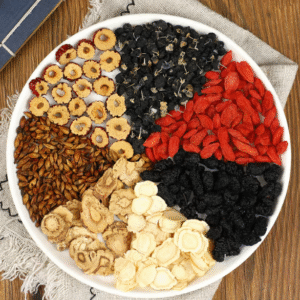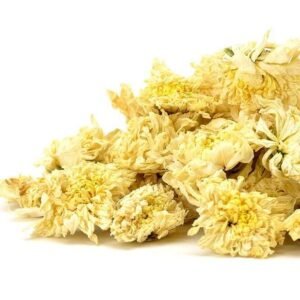Ban Zhang Raw Pu-erh Cake Tea 2023
$49.90 – $228.00Price range: $49.90 through $228.00
Description
| Origin: | Banzhang Village, Menghai County, Xishuangbanna, Yunnan Province, China |
|---|---|
| Harvest Date: | April 2, 2023 |
| Production Date: | April 28, 2023 |
| Weight: | 100g |
| Plucking Standard: | One bud with two leaves |
| Dry Leaf: | Tightly compressed cake, the stripes are fat and clear with plenty of white hair on it |
| Aroma: | Dry leaves are refreshing and flowery; the tea liquid aroma is similar to orchid and honey |
| Liquor: | Bright and yellow |
| Taste: | Rich and rich, with several layers of flavor; full of Cha Qi and followed by a sweet aftertaste, causing saliva production |
| Tea Bush: | Fengqing Large-leaf Tea Trees (over 500 years old) |
| Tea Garden: | Banzhang Tea Mountain (about 1700m) |
| Caffeine: | Low caffeine (less than 10% of a cup of coffee) |
| Storage: | Store in cool, dry place away from sunlight; keep ventilated |
| Shelf Life: | The aged the better |
 |
Cup Method |
 |
Chinese Gongfu Method |
 |
Teacup: 12oz / 355ml |  |
Gaiwan: 3.8oz / 110ml |
 |
203℉ / 95℃ |  |
203℉ / 95℃ |
 |
5g Tea |  |
8g Tea |
 |
Brewing time: 3 – 5 mins |  |
12 steeps: rinse, 15s, 15s, 15s, 20s, 25s, 35s, 50s, 60s, 80s, 100s, 120s, 150s |
| Rinse time is 5 seconds |
Banzhang Tea Mountain is located in Banzhang Village, Menghai County, and has an elevation of 1700 to 1900 meters, an average annual temperature of 18.7°C, 2,088 hours of sunlight per year, and an annual rainfall of 1341 to 1540 mm. The diversity and culture of the original ecological flora are well preserved here, the soil is rich in organic matter, the sunlight is adequate, the clouds are dense, and the humidity is high, making it ideal for the growth of ancient tea trees. The residents of Lao Banzhang have used traditional ancient techniques to artificially preserve antique tea plants and select new leaves by hand since ancient times, as well as the sun drying process. Currently, Laobanzhang Puerh Tea is one of the few areas in Yunnan Province where inorganic compounds like as chemical fertilizers and pesticides are not used. It is a completely natural, pollution-free, and unique ecological tea manufacturing area.





Banzhang tea is grown in Bulang Township, Menghai, Xishuangbanna, Yunnan. “Banzhang” refers to the five natural communities managed by the Banzhang Village Committee, which are located at an elevation of 1,700 to 1,900 meters. The soil is rich in organic matter, has plenty of sunshine, dense clouds and fog, and high humidity, making it ideal for growing tea trees. There are almost 4,400 mu of ancient tea gardens here, all of which are standard large-leaf tea species.

Fengqing large-leaf varietal belongs to the Yunnan large-leaf species. This particular plant can grow to over six meters tall. In 1984 it was certified by the Chinese government as national-grade, and contains an abundant amount of tea polyphenol and catechin: 30.2% and 13.4%, respectively.

Pu-erh tea is one of the oldest types of tea in China, with a history stretching back over 1,700 years to the Eastern Han Dynasty, when the tea was called Jing Cha. Pu-erh is named after the town of Pu’er in Yunnan province, which was the original trading center of this tea. In its early history, this tea was actually used as bartering currency in southwest China, where the famed Cha Ma Gu Dao, “Tea Horse Road”, was built for the sole purpose of transporting it through the Himalayas to other countries and areas in Tibet.
Additional information
| quantity | one, two, three, four, five |
|---|
Related Products
Related products
-

Natural Organic Fat Burning Tea 3 boxes
$89.90 Add to cart -
Sale!

Ginseng Six Treasures Tea
$9.90 – $28.90Price range: $9.90 through $28.90 Select options This product has multiple variants. The options may be chosen on the product page -
Sale!

The Witches of Eastwick Fruit Tea
$17.90 – $29.90Price range: $17.90 through $29.90 Select options This product has multiple variants. The options may be chosen on the product page -
Sale!

Huang Shan Dried Chrysanthemum (Gongju)
$19.90 – $34.90Price range: $19.90 through $34.90 Select options This product has multiple variants. The options may be chosen on the product page






Reviews
There are no reviews yet.